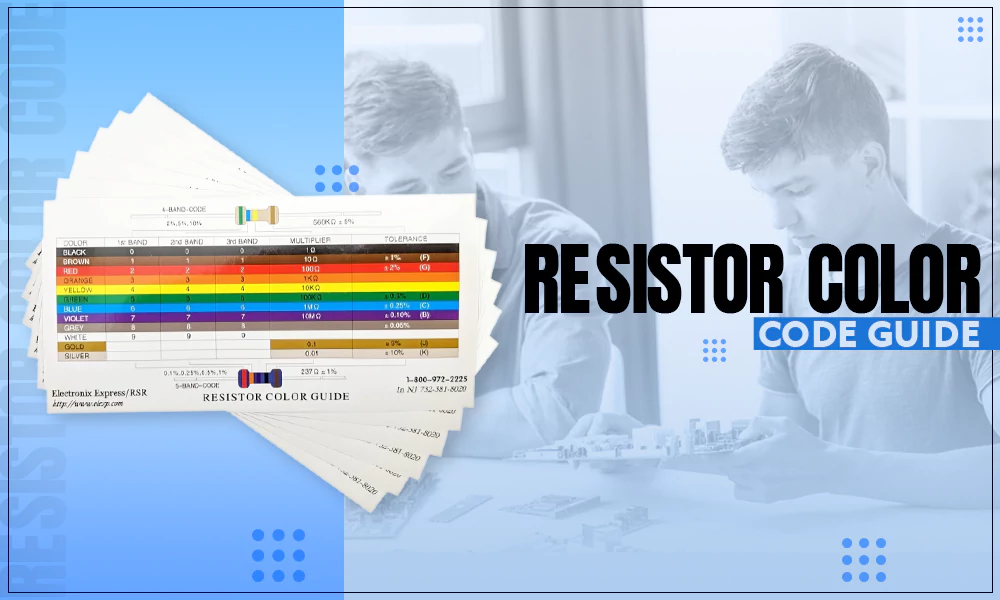How to Choose the Perfect Macrame Cord for Your Project

If you are a fan of bohemian vibes, you must surely know of macrame. The age-old art has suddenly become a new trend, and you can see macrame wall hangings, swings, cushions, and different kinds of home decor.
Macrame can be seen everywhere, from local decor shops to hobby shops.
It would help if you had a macrame cord and a needle to create a beautiful piece of art. However, it’s imperative to choose a high-quality thread. After all, you will invest your time and efforts into it. The better the tread, the longer your art will last. The Macrame cord of Ravenox is one of the best options for your project.
What is a Macrame Cord?
It is a cord of twisted fiber strands of varying lengths used to make macrame. It is usually made of natural cotton, jute cord, linen cord, crochet cord, knitting wool, and twine cord. One can choose a suitable variety based on the project one seeks to make.
How to Find the Right Cord for Your Project:
Finding the right macrame supplies can take time and effort. There are so many choices available online. Most of them look the same with hardly any difference. Even the fake ones look pretty natural. If you want to find the right thread for your macrame project, follow the below tips.
All cords look the same on the outside, but when you look closer, you know it’s much more than just a cord. Each thread has a different feel, thickness, color, and texture, along with its features.
Let’s run down the checklist you need when you are on the macrame thread buying spree :
Composition: Jute and hemp cord are preferred by most renowned macrame artists. However, beginners can start with artificial fiber such as nylon or satin rayon. Man-made fibers are easier to sort in case you make any mistake compared to natural ones.
Strength: the robustness of the cord depends on the material used in making it. If you are making items that need to hold the weight, opt for ropes made of jute or nylon, as they have good tensile strength.
Twist: The cord’s strength is also indicated by the material and the pattern. Whether it is braided or twisted, you can choose either based on your requirements and preferences.
Quantity: A few varieties of cords are available in shorter lengths, while most come in rolls. The amount you require depends on the item you’re creating.
Helpful Tips
- Always be careful with the ends of the thread to prevent separation. Try dipping the end in clear wax for the best results.
- To create a fringe, ensure you tie a knot, so the rope does not tangle.
- A cord should have the flexibility to twist around and bend according to pattern requirements.
- Opt for a thinner cord if you are making a necklace or bracelet.
- An embroidered cotton cord is soft as well suited for bracelets. You can also opt for leather cords with a width of less than 2mm.
- When buying thread, if your desired pattern includes beads or buttons, select the diameter thickness of the thread accordingly.
- Cords larger than 4mm thickness would require customized accessories.
Wrap Up
Isn’t it beautiful what just a few natural cords can create? The beautiful crafts made from these macrame threads can amaze anyone. Macrame Cord of Ravenox is one of the best and preferred by most artists for its quality and price. Get your tools and get started with the project in your leisure time.










